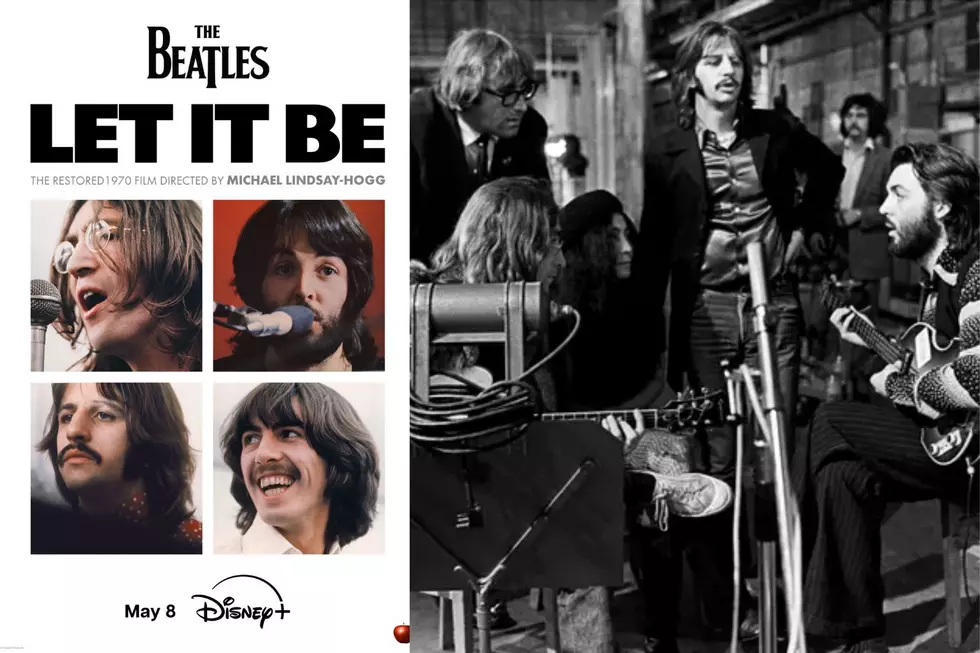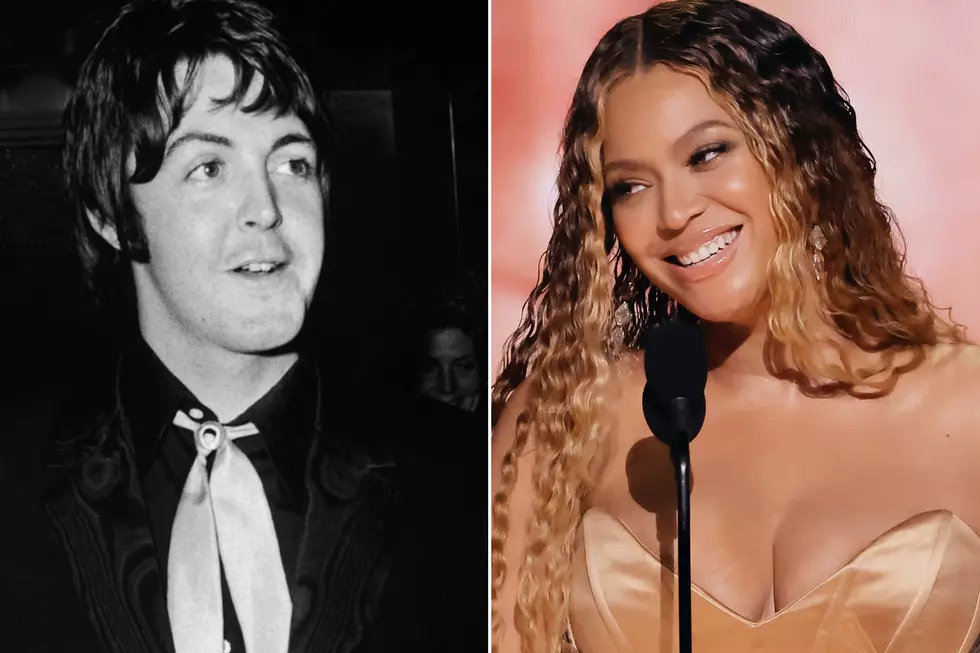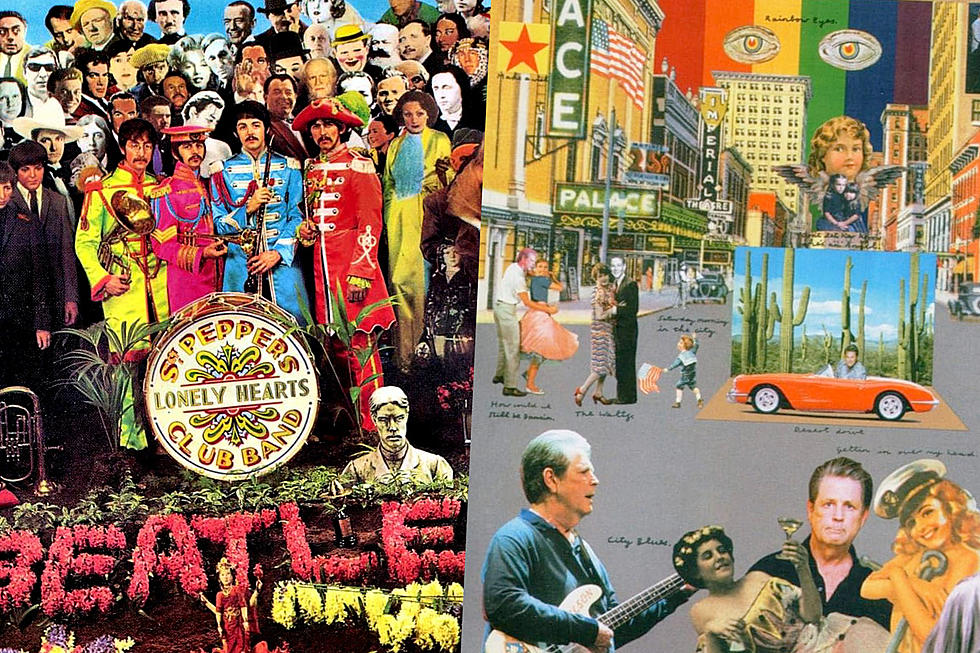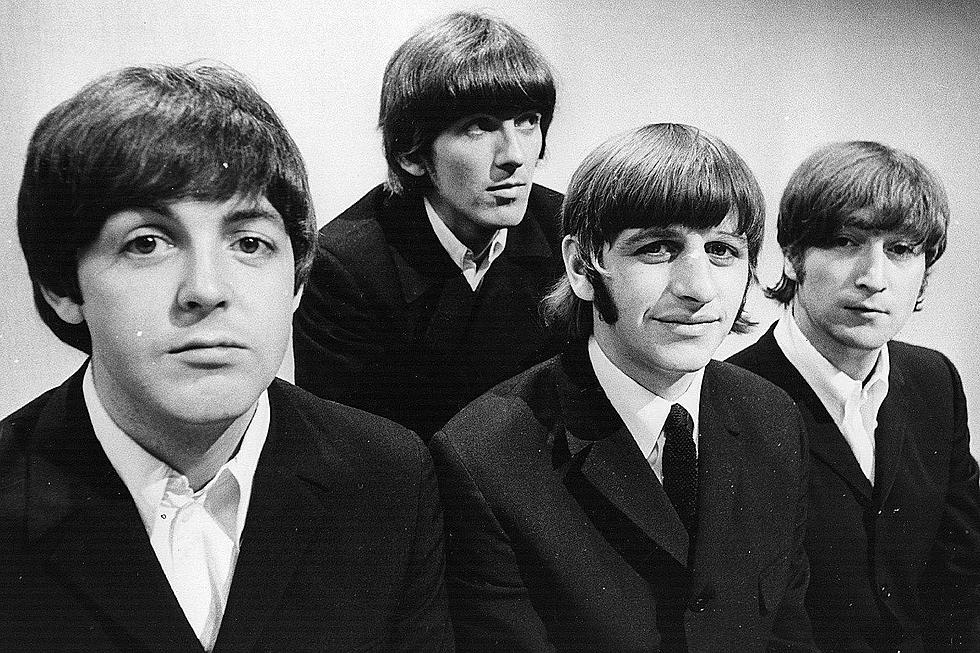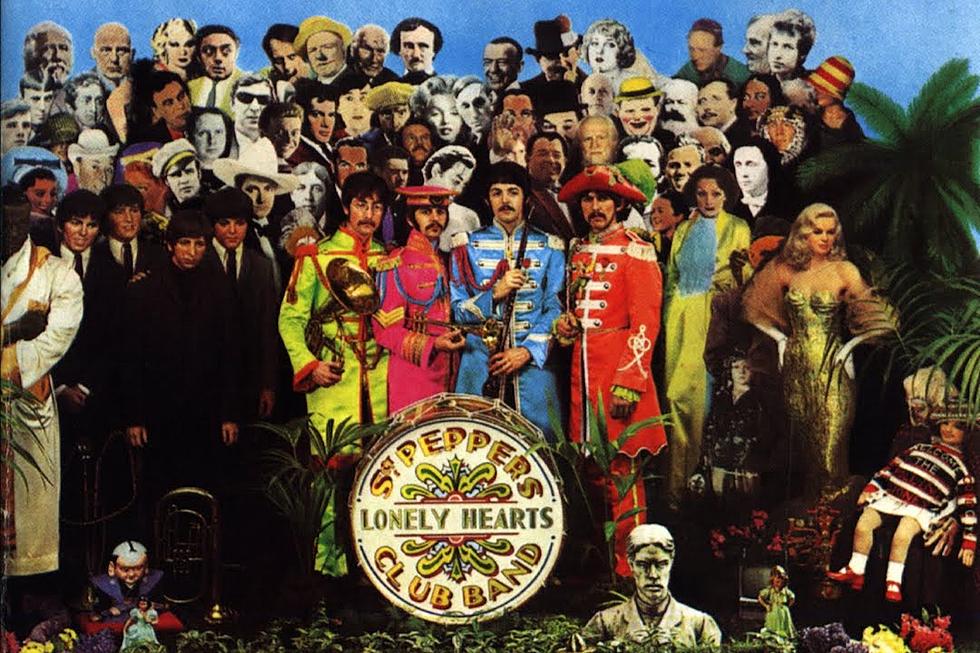
How the Beatles’ ‘Sgt. Pepper’s Lonely Hearts Club Band’ Changed Everything
There are few albums that so completely define a moment in time the way the Beatles' Sgt. Pepper's Lonely Hearts Club Band did. Released on June 1, 1967, it drew a definitive line between the past and the future, as albums overtook singles.
Change was in the air, as the Beatles helped shape a period in which the single gave way to album-length artistic statements. Bob Dylan had released Blonde On Blonde a year earlier, followed by the Beach Boys's Pet Sounds – an project that was, according to Paul McCartney, "the single biggest influence on Sgt. Pepper."
LSD played a role, as did the the fact that the Beatles were no longer doing live concerts. With the recording studio now their full-time home, the group that had once offered radio-ready gems like "Please Please Me" had the freedom to explore the Technicolor wonder of "Lucy in the Sky With Diamonds."
Their four-year transformation is still absolutely mind boggling. To this point, even the pop groups who were taking artistic risks did so inside the pop format of three- to four-minute songs featuring strong, obvious melodies. The Beatles broke that mold before any track that appeared on Sgt. Pepper was even recorded.
Sessions began on Nov. 24, 1966, with John Lennon's "Strawberry Fields Forever." That psychedelic triumph would be paired with McCartney's "Penny Lane" for an advance single released on Feb. 17 of the new year, offering a roadmap for what was to come. Not that everybody was ready. Some long-time fans were clearly shocked when Dick Clark presented a video clip for "Strawberry Fields" during a March 11, 1967 edition of American Bandstand.
Watch the Beatles' Video for 'A Day in the Life'
No matter. Producer George Martin played a central collaborative role as recording of the album continued into the spring. "By the time Pepper had come along, I suppose I was a realizer of their ideas," Martin said in a 1992 documentary. George Harrison went one step further: "He was always there for us to interpret our strangeness."
They stirred in orchestral flourishes, French horns, bass harmonicas, tape loops, harpsichord and sitar in a dizzying outburst of creativity. Drummer Ringo Starr was often left with little to do as others crafted soundscapes or conducted strings. "It's a fine album," he joked in Anthology, "but I did learn to play chess on it, because I'd have so much spare time."
Over a five-month period, the project began to take shape – though it was a pain-staking process, since the state-of-the-art technology at the time was a four-track set up. Their attention to detail, and their artistic gumption, paid off. Sgt. Pepper's Lonely Hearts Club Band became the acknowledged soundtrack to a colorful summer, then later on a principal touchstone for the era.
"I think it did represent what the young people were on about," Martin added, "and it seemed to coincide with a revolution in young people's thinking." A new aspirational standard was set for what pop albums could be. "People played it a bit safe in popular music," McCartney said in a 1992 BBC interview, "but that's when we realized you didn't have to."
The Stories Behind Every Beatles LP Cover
Who Was the Fifth Beatle?
More From Ultimate Classic Rock
